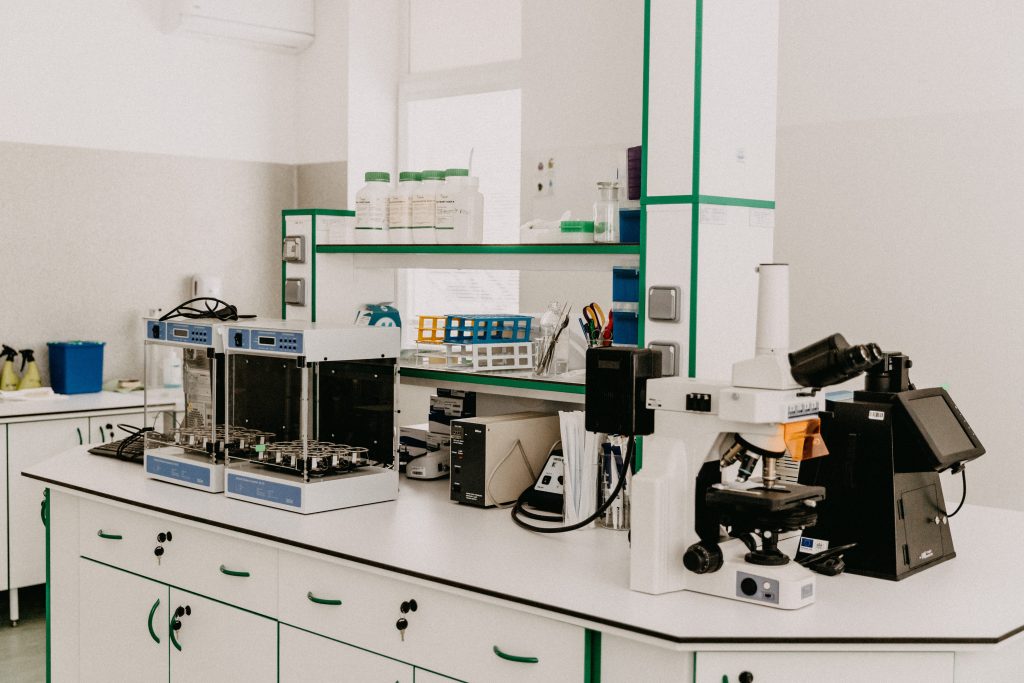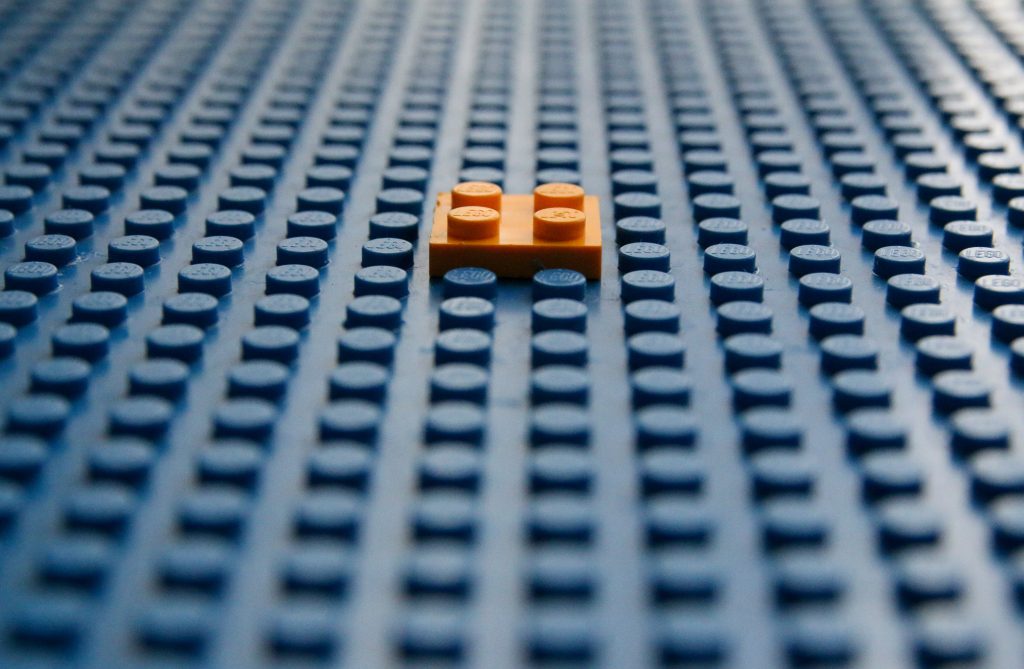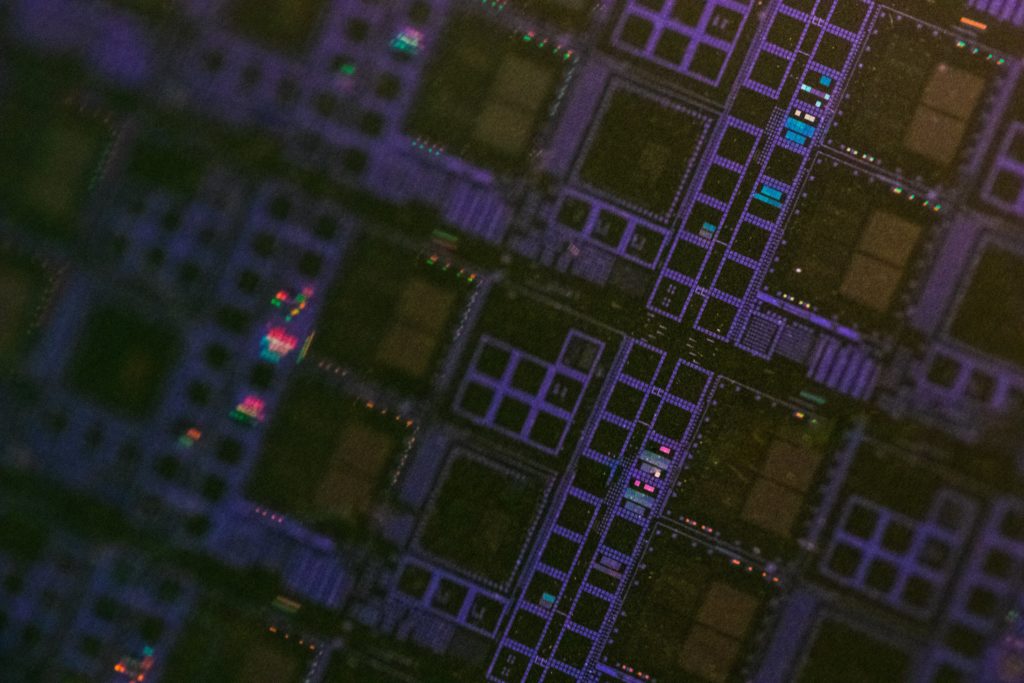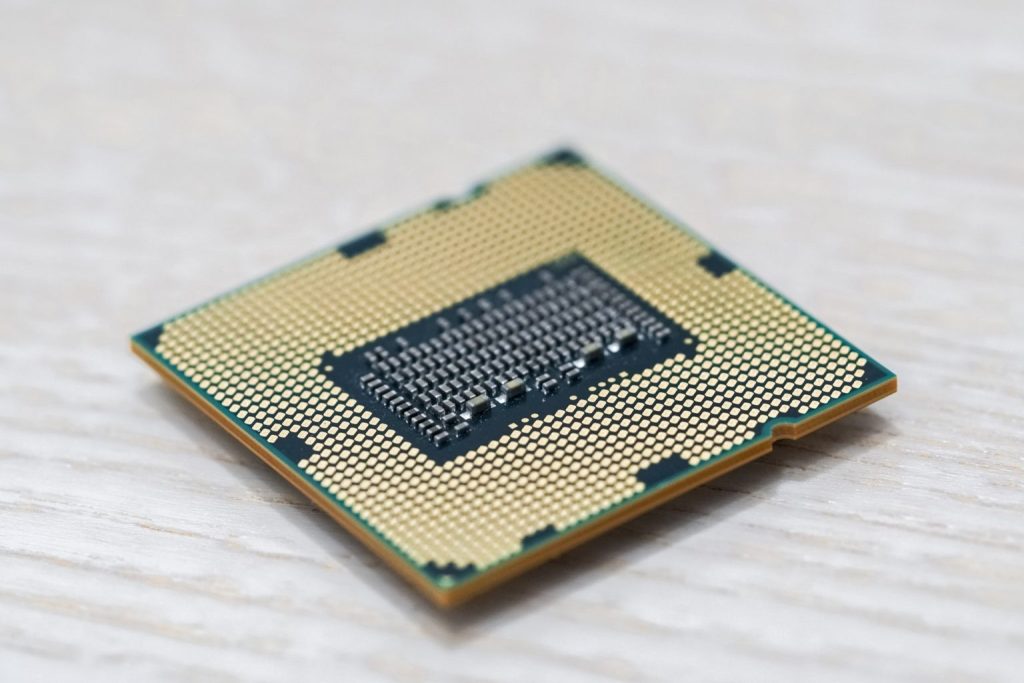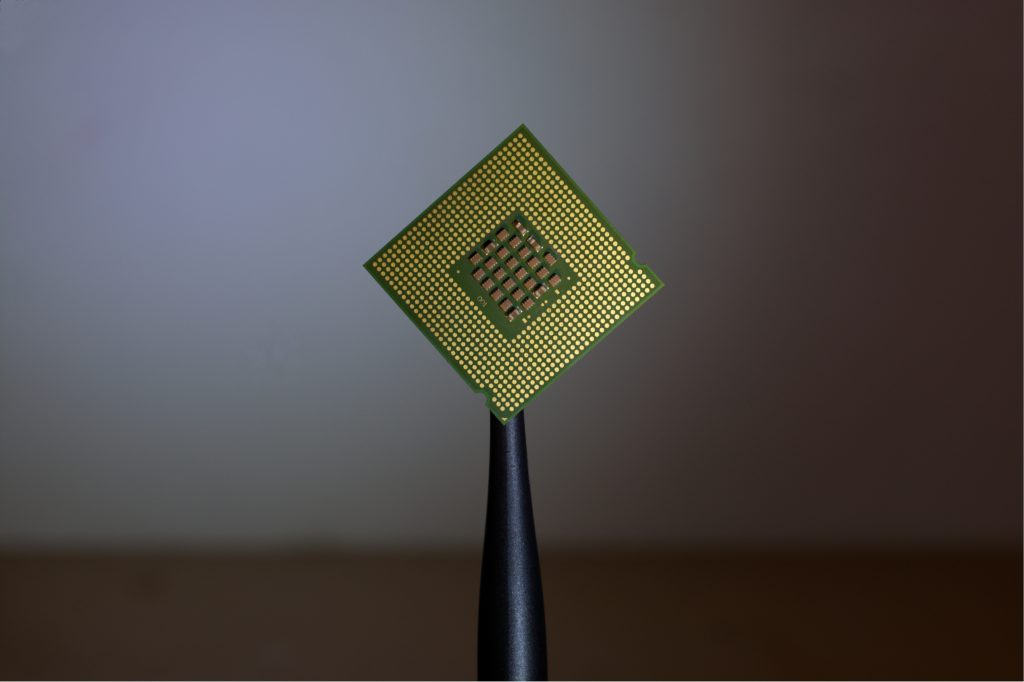Photo by Trnava University on Unsplash
Semiconductor engineering is a field that distinguishes basic and applied science. On the one hand, it relies on a deep understanding of fundamental physics, such as the behavior of electrons in solids. On the other hand, it also requires the ability to apply this knowledge to the design and manufacture of practical devices.
In recent years, semiconductor engineering has become increasingly reliant on basic science. It is because the challenges of miniaturizing and improving semiconductor devices are becoming increasingly complex. To address these challenges, semiconductor engineers must deeply understand the underlying physical principles.
Examples of how chemistry, physics, and mathematics find use in semiconductor engineering:
Chemistry: Chemists study the structure and properties of matter, including semiconductor materials. This knowledge drives the development of new semiconductor materials with improved properties, such as higher electron mobility or lower carrier concentration. For example, chemists have developed new methods for growing silicon crystals with fewer defects, which has led to the development of smaller and faster transistors.
Physics: Physicists study the behavior of matter at the atomic and subatomic levels. This knowledge helps in understanding the behavior of electrons in semiconductor materials, which is essential for designing semiconductor devices. For example, physicists have developed models that describe how electrons move through semiconductor materials, which helps create transistors that operate at high frequencies.
Mathematics: Mathematicians use their knowledge of numbers and logic to solve problems in various fields, including semiconductor engineering. For example, mathematicians use statistics to analyze the performance of semiconductor devices, and they use calculus to design semiconductor circuits.
In addition to design, basic science plays an increasingly important role in semiconductor manufacturing. For example, developing new lithography techniques requires a deep understanding of the physics of light and matter.

The field of semiconductor engineering is rapidly evolving, and the demand for semiconductor engineers with a strong foundation in basic science will grow in the coming years. It is crucial to ensure the basic science behind the design and manufacturing of semiconductors progresses forward.
Design: In design, basic science enables the development of new transistor materials and structures. For example, researchers are using carbon nanotubes and graphene to create smaller and faster transistors than traditional silicon transistors.
Manufacturing: Basic science drives new lithography techniques in manufacturing that produce smaller and more precise features. For example, researchers use extreme ultraviolet (EUV) lithography to create parts that are just a few nanometers.
As the challenges of miniaturizing and improving semiconductor devices become more complex, semiconductor engineers will need to understand the underlying physical principles deeply. It will require close collaboration between semiconductor engineers, physicists, chemists, and materials scientists, thus opening up opportunities for science undergraduate and graduate students.
